How Waymo's autonomous cars are driven by design
Waymo, the former Google self-driving car project, stands for a new way forward in mobility
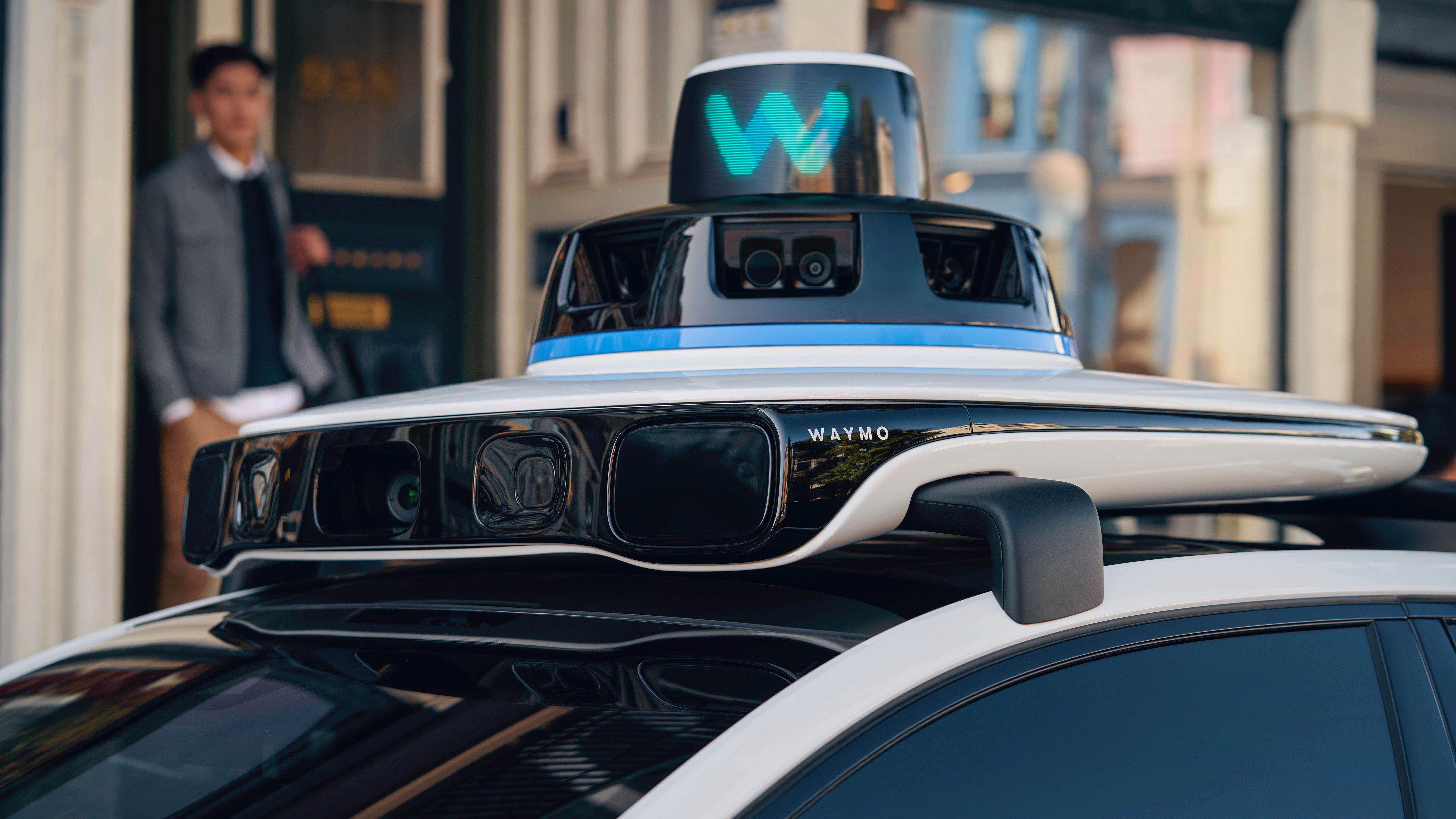
The self-driving car industry is at a crossroads. After years of high expectations and lofty predictions, the futurologists can no longer confidently predict a world of hands-free, zero accident driving. Behind the scenes, however, the big players are pressing on with the tech, foreseeing a future where certain journeys – but not all – will benefit hugely from true autonomous vehicles. The autonomous vehicle is coming, no doubt, but right now, it is waiting, cogitating and calculating exactly who and what it's for.
Alphabet's Waymo Division is currently leading the pack. The project started at Google back in 2009, with a focus on engineering, software and sensors and it wasn't until 2015 that their first car appeared. The cute, bug-like Firefly briefly flew the flag for the new technology, serving as a testbed for the new era as it flitted around Google's vast Mountain View campus.

Waymo’s roof pod sketches
The company's Head of Design, YooJung Ahn, has spent nearly eight years at Waymo. Her team has worked closely with the engineers from the outset, finding out new ways of designing for autonomy. We talked to her about the latest version of Waymo's self-driving machine. ‘We sort of had a blank slate [with Firefly], but our biggest learning from the project was that when developing a car, scaling was a big issue,' Ahn says, ‘It was eye opening. So that's why we decided to work with OEMs.' In addtion to Firefly, Waymo's tech has been incorporated into Prius, Lexus and Chrysler platforms. Now it's the turn of an all-new car, the Jaguar I-PACE.
Ahn, who studied industrial design at Hongik University gaining a Masters in Design Methods from the IIT Institute of Design, oversaw all these machines. ‘The cars are all prepared for our use,' the designer says, ‘it's not just about making panels differently – it's about internal materials being more durable, creating new consoles, headliners, etc.' But most of all, it's about incorporating Waymo's arsenal of sensors.
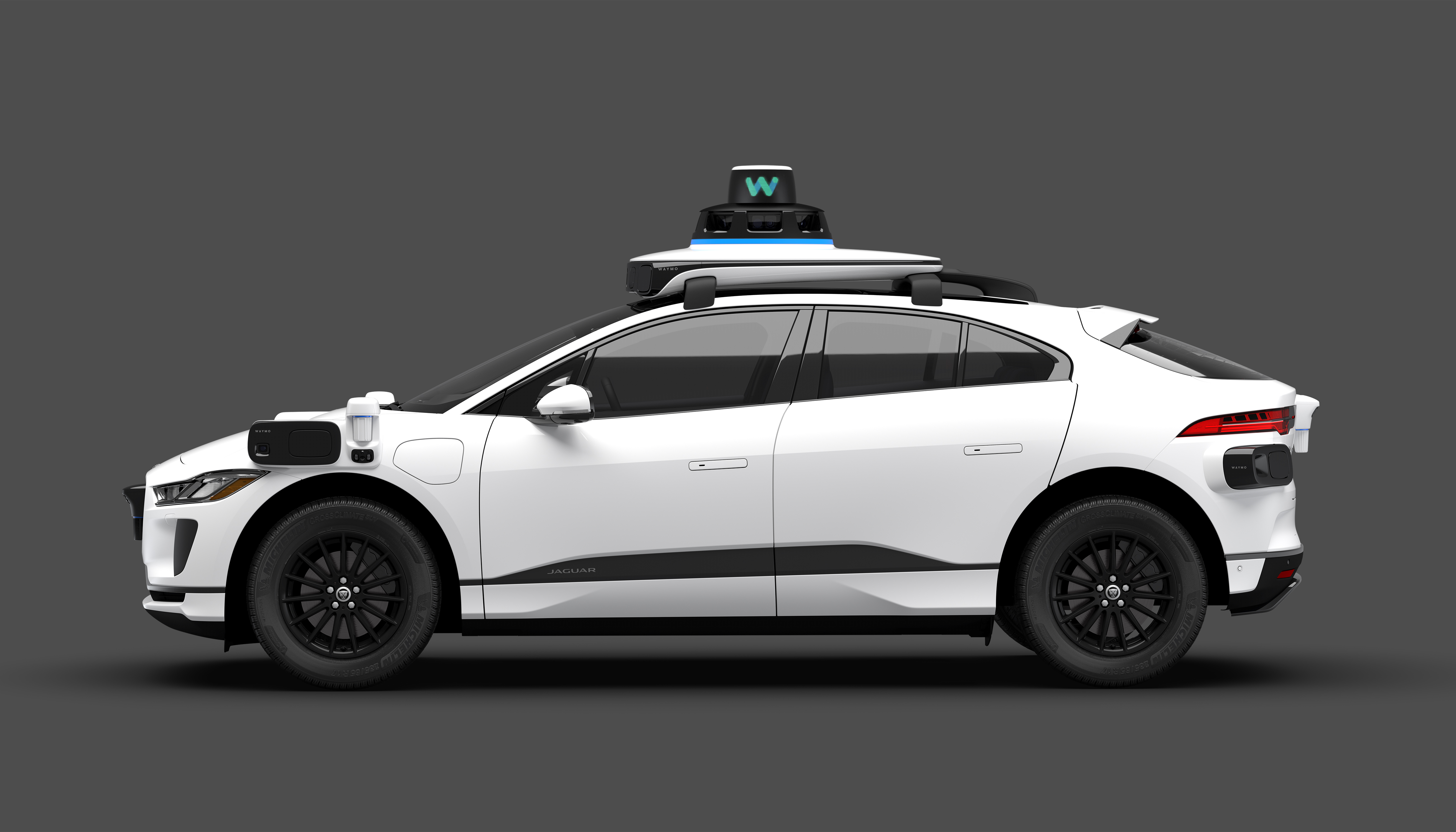
Waymo’s Jaguar I-PACE has 29 cameras in total and five more LIDAR sensors at each corner
At its core, Waymo is about software and sensors. As well as integrating the latter, Ahn has to bring a sense of unity, corporate coherence and functional simplicity. Waymo Driver number 5 is built upon the I-PACE platform, an accomplished pure EV. It was a natural choice for several reasons. ‘We wanted an EV platform with a lot of power,' Ahn says, ‘We also wanted to give our user group a bit of diversity. The [Chrysler Pacifica] minivan was good for families. But our role is to have maximum flexibility.' As well as the flagship I-PACE, of which the first thirty or so can currently be seen in Phoenix and the Bay Area, there are advanced plans for a Waymo-powered truck and a smaller delivery vehicle. As Ahn notes, ‘the technology is evolving every day,' and the Waymo approach evolves along with it.
While Firefly had a distinct character, the Waymo I-PACE is rather more explicit in its display of technical might. ‘When we started in 2013 people had no idea [about autonomous cars],' Ahn says, ‘We made our first car look friendly, not intimidating. It wasn't meant to be a "scary robot car". The I-PACE is a bit more sophisticated, with the recognisable essence of the Jaguar peeking out from beneath a carapace of sensors. We work closely with the engineering team from the beginning,' Ahn notes, pointing out that elements like layout, proportions, shapes and even the materials in the hefty roof pod are largely determined by the system requirements.
‘People love technology but they don't want complexity,' says Ahn
The sensors include a 360-degree LIDAR system, a 360-degree camera and long-range camera and 2 radars which are both forward facing. That's just on top; In total, the car has 29 exterior cameras, six radar sensors and five more LIDAR sensors around the vehicle. This is all proprietary technology – ‘we couldn't get off-the-shelf sensors that met our performance requirements,' says Ahn – and together they stitch together a vast open dataset (currently around 2TB worth and open to anyone to access) that is processed by the car's systems.
YooJung Ahn acknowledges that self-driving cars are still in their very early stages. ‘The service and branding is almost more important that the car itself,' she muses, pointing out the convenience of having the visual identifier on the roof and the custom displays in the interior. Waymo have an option to acquire up to 20,000 I-PACEs, taking the vehicles from Jaguar's factory in Austria and adapting them Waymo's Michigan facilities. When asked whether AVs need to be noticeably different from conventional cars, Ahn points out that ‘when it comes to safety, people don't really mind seeing sensors.' The balanced design also implies stability.
Regardless of the technology powering Waymo, the company is nothing without a valid business case. Building the Firefly was a bold first step, but also the realisation that car-making is not an easy task (something also discovered by Apple and, more recently, Dyson). Right now, Waymo's target market is short-hop urban transport, with short and long-distance freight following afterwards. But will the sudden surge in global unemployment make true autonomy a step too far? Or will the increasingly unpredictable requirements for social distancing make autonomous delivery systems an essential part of a new society? Uncertainty, it seems, is all part of the process. ‘People love technology but they don't want complexity,' says Ahn, ‘who knows what the next step will be?'
INFORMATION
Receive our daily digest of inspiration, escapism and design stories from around the world direct to your inbox.
Jonathan Bell has written for Wallpaper* magazine since 1999, covering everything from architecture and transport design to books, tech and graphic design. He is now the magazine’s Transport and Technology Editor. Jonathan has written and edited 15 books, including Concept Car Design, 21st Century House, and The New Modern House. He is also the host of Wallpaper’s first podcast.
-
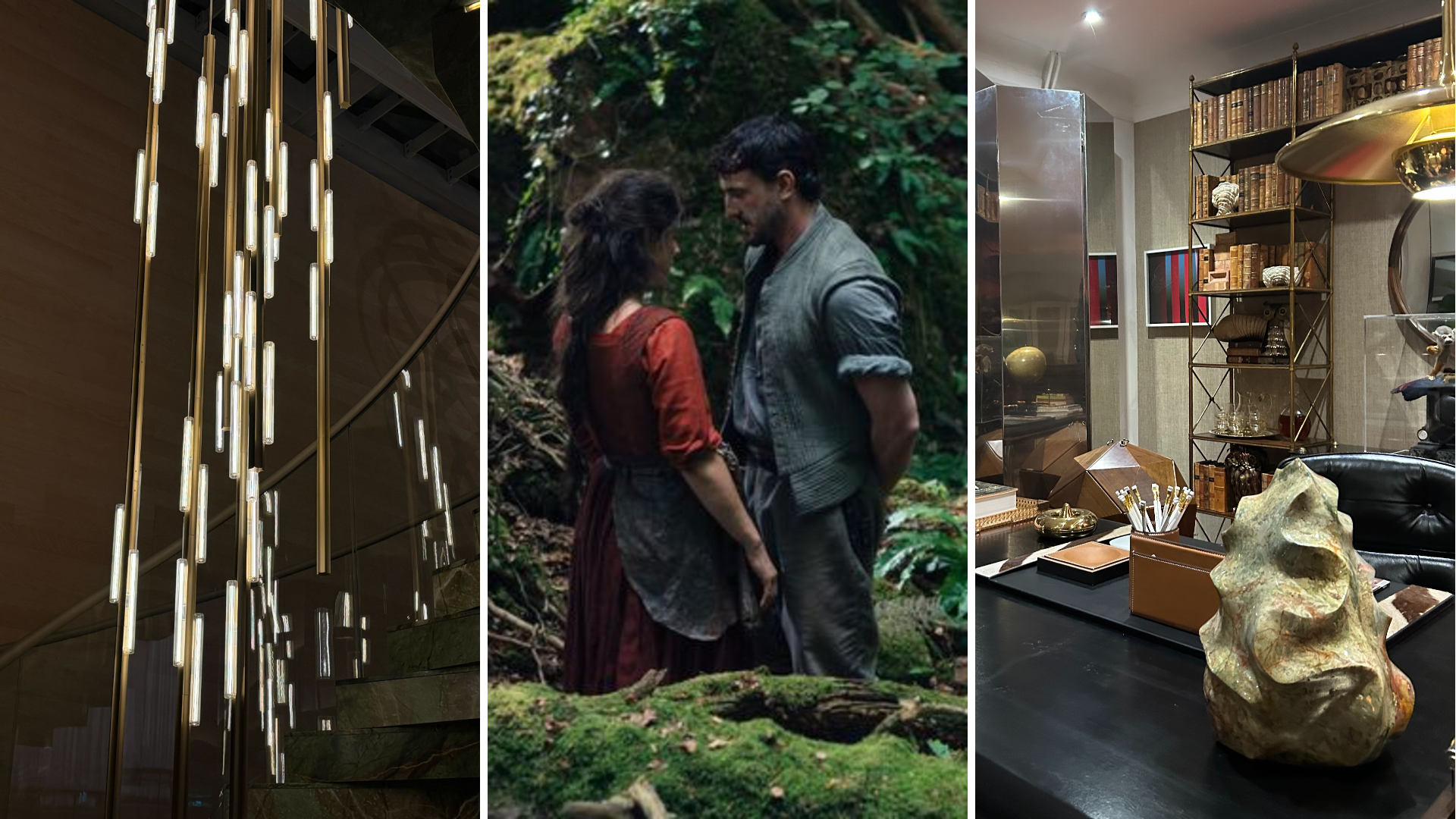 Out of office: The Wallpaper* editors’ picks of the week
Out of office: The Wallpaper* editors’ picks of the weekFar from slowing down for the festive season, the Wallpaper* team is in full swing, hopping from events to openings this week. But when your job is chasing the pulse of culture, work can feel like play – and we also had time for some festive cocktails and cinematic releases
-
 The Barbican is undergoing a huge revamp. Here’s what we know
The Barbican is undergoing a huge revamp. Here’s what we knowThe Barbican Centre is set to close in June 2028 for a year as part of a huge restoration plan to future-proof the brutalist Grade II-listed site
-
 A former agricultural building is transformed into a minimal rural home by Bindloss Dawes
A former agricultural building is transformed into a minimal rural home by Bindloss DawesZero-carbon design meets adaptive re-use in the Tractor Shed, a stripped-back house in a country village by Somerset architects Bindloss Dawes
-
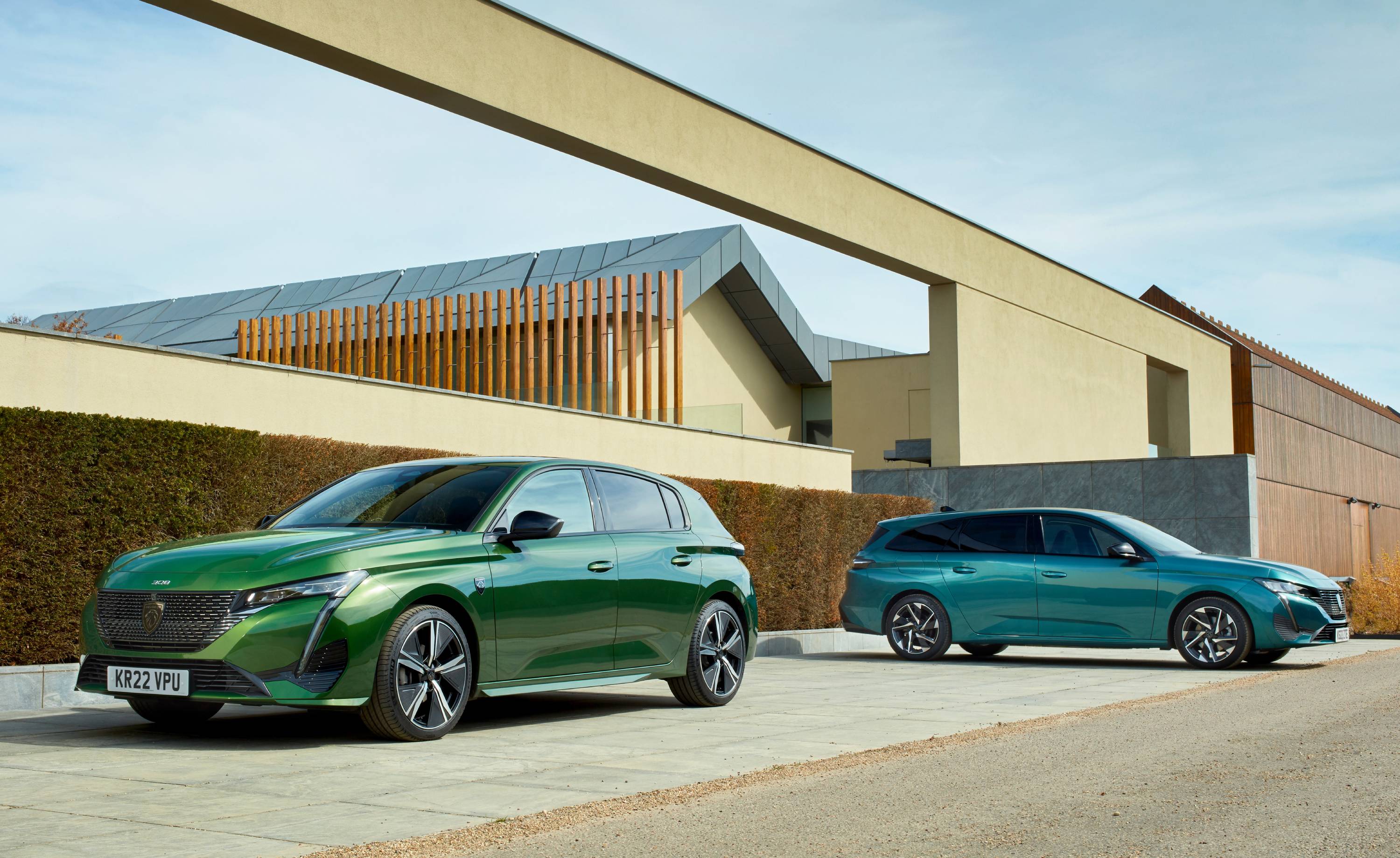 Peugeot’s sparky 308 gets hybrid power and handsome lines
Peugeot’s sparky 308 gets hybrid power and handsome linesThe Peugeot 308 proves that mass-market design needn’t be dull, blending hybrid power with sharp lines and excellent detailing
-
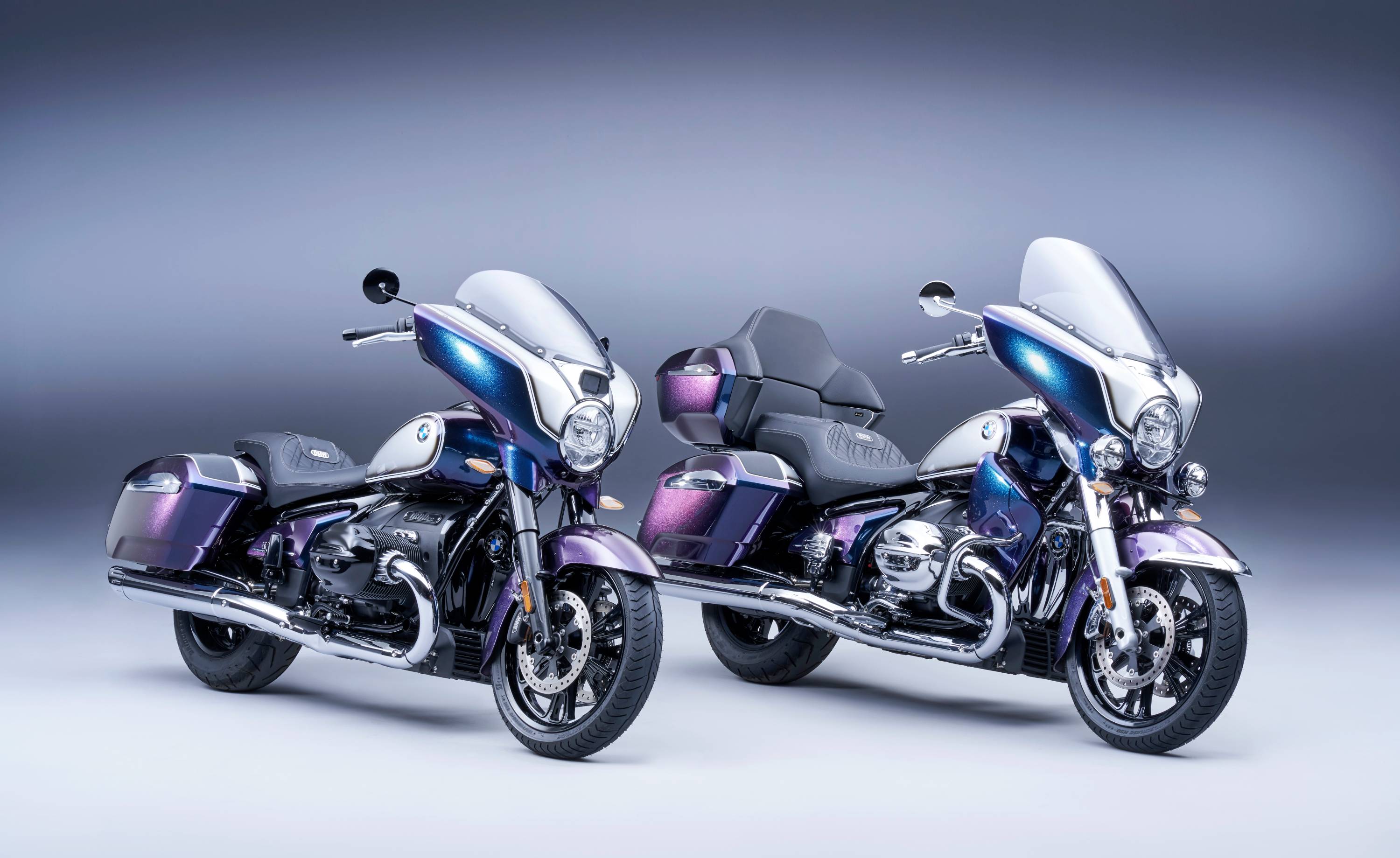 BMW Motorrad brings out the big guns for its newest cruisers
BMW Motorrad brings out the big guns for its newest cruisersBMW Motorrad R 18 Bagger and Transcontinental set the tone for high-voltage cruising with a brand collaboration with speaker specialist Marshall
-
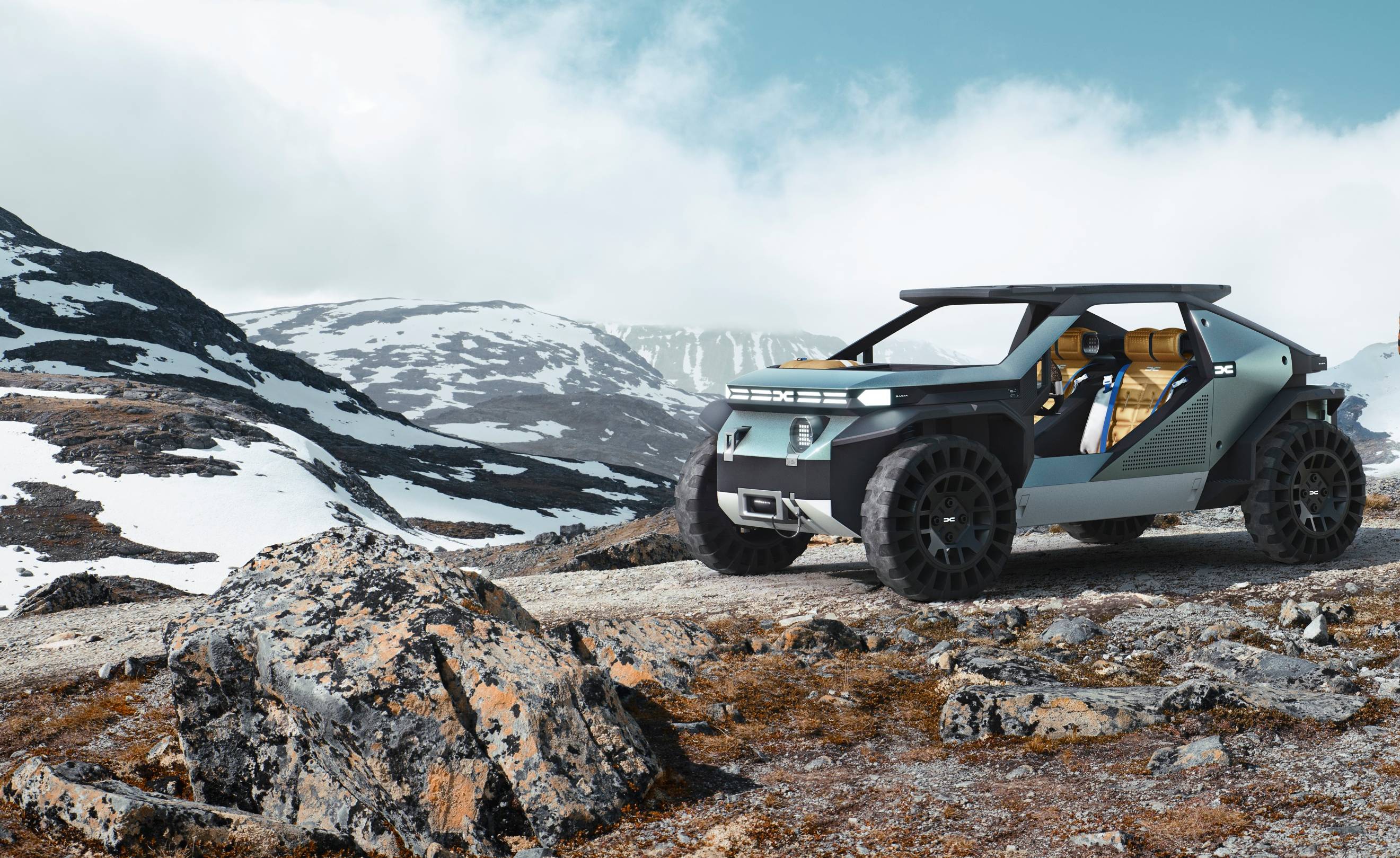 Dacia’s new Manifesto concept is a true outdoor utility vehicle
Dacia’s new Manifesto concept is a true outdoor utility vehicleUtilitarian auto brand Dacia sets a bold new agenda with its Manifesto, a concept car pitched at the active outdoor market
-
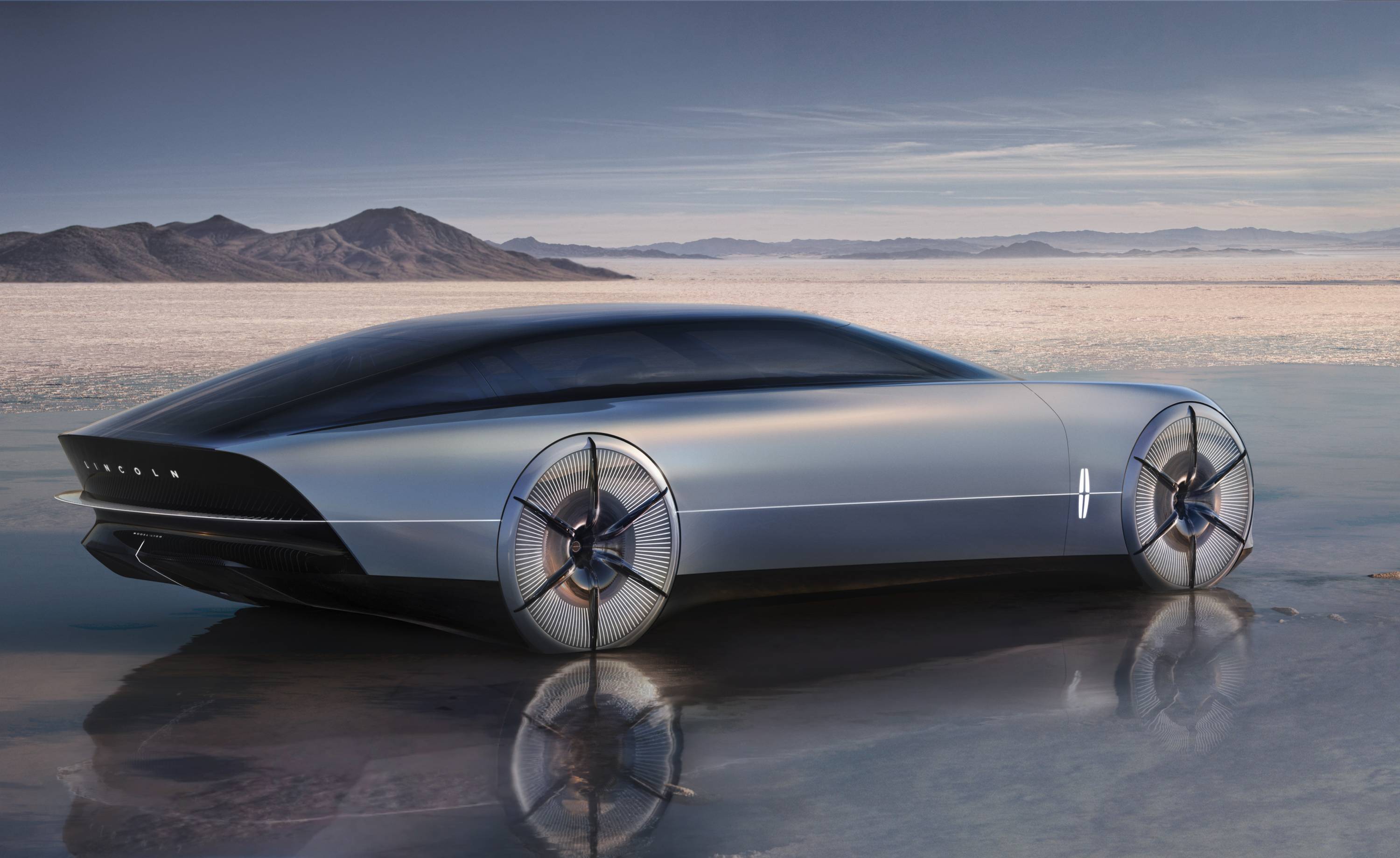 The sun sets on traditional supercars at California’s Monterey Car Week
The sun sets on traditional supercars at California’s Monterey Car WeekMonterey Car Week, the world’s most prestigious car gathering, is showcasing ever-more extravagant special editions, coachbuilt cars and all-new electric concepts. Here are seven key machines from 2022
-
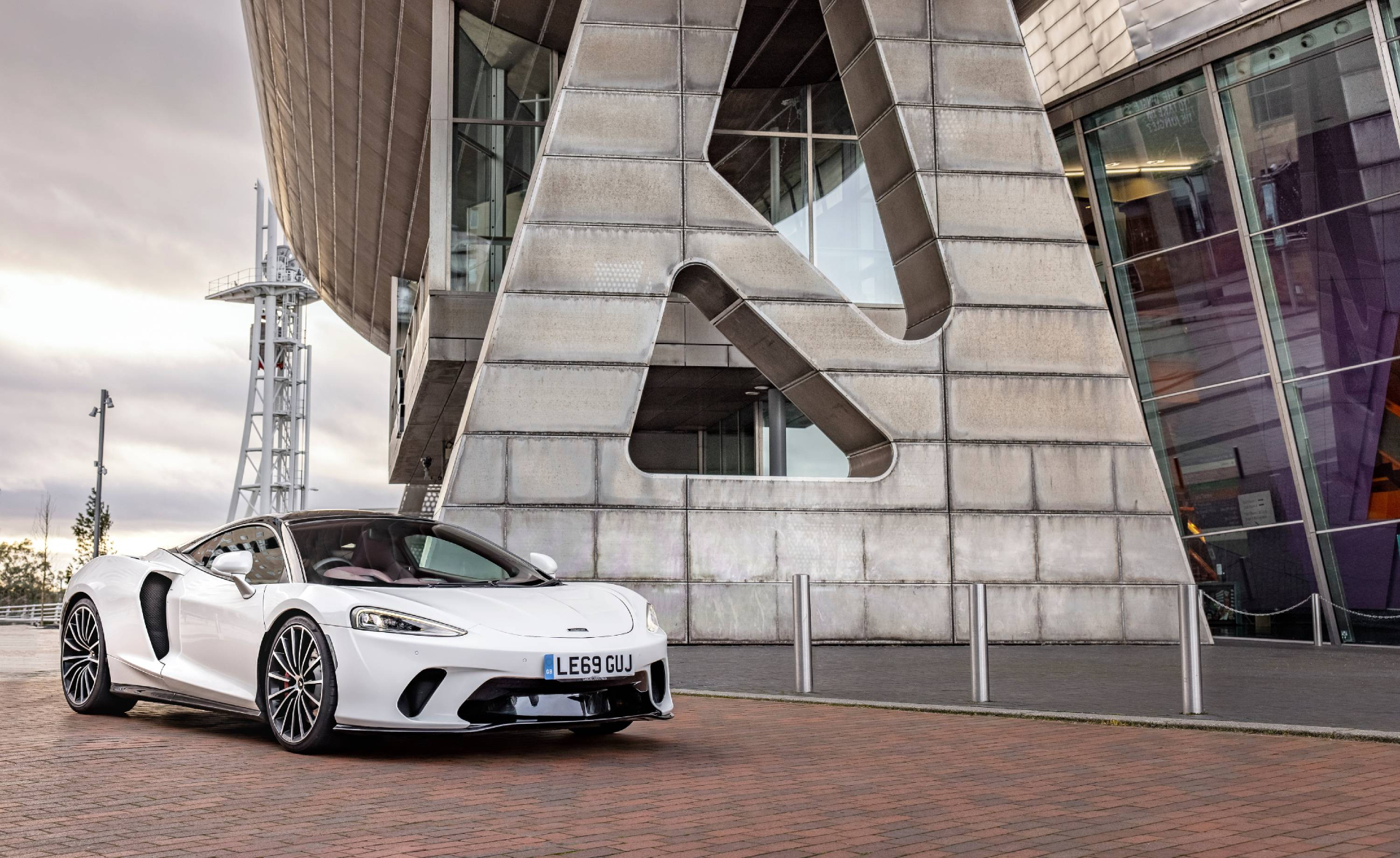 Is McLaren’s GT a sports car, a tourer, or the best of both?
Is McLaren’s GT a sports car, a tourer, or the best of both?The McLaren GT is a capable all-rounder dressed up in svelte supercar clothes. It might also be the last of its type
-
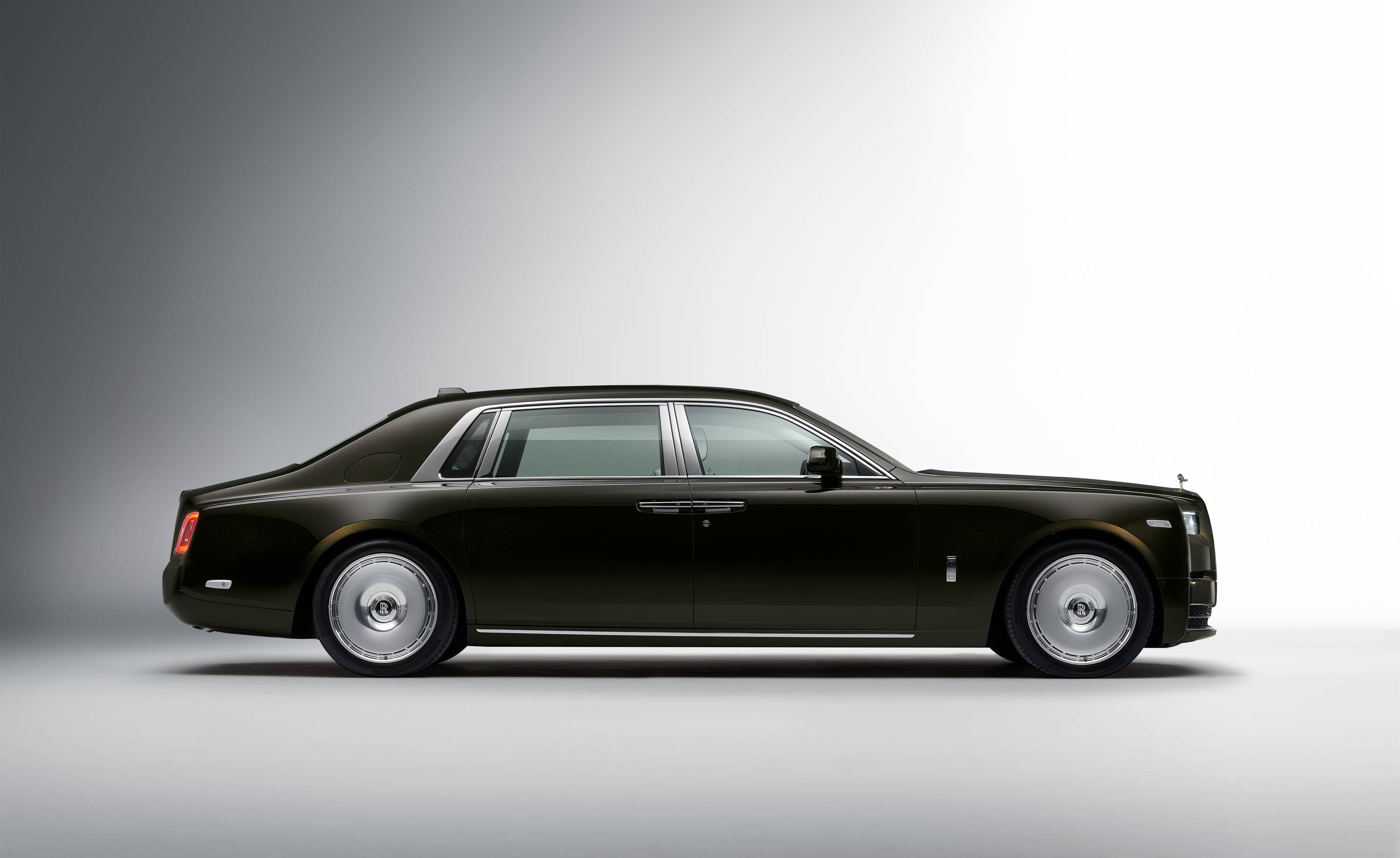 Rolls-Royce puts the Phantom back on its lofty pedestal
Rolls-Royce puts the Phantom back on its lofty pedestalA mid-life refresh ensures the flagship Rolls-Royce Phantom Series II is at the top of its game, a last hurrah for traditional engines before an electrified future
-
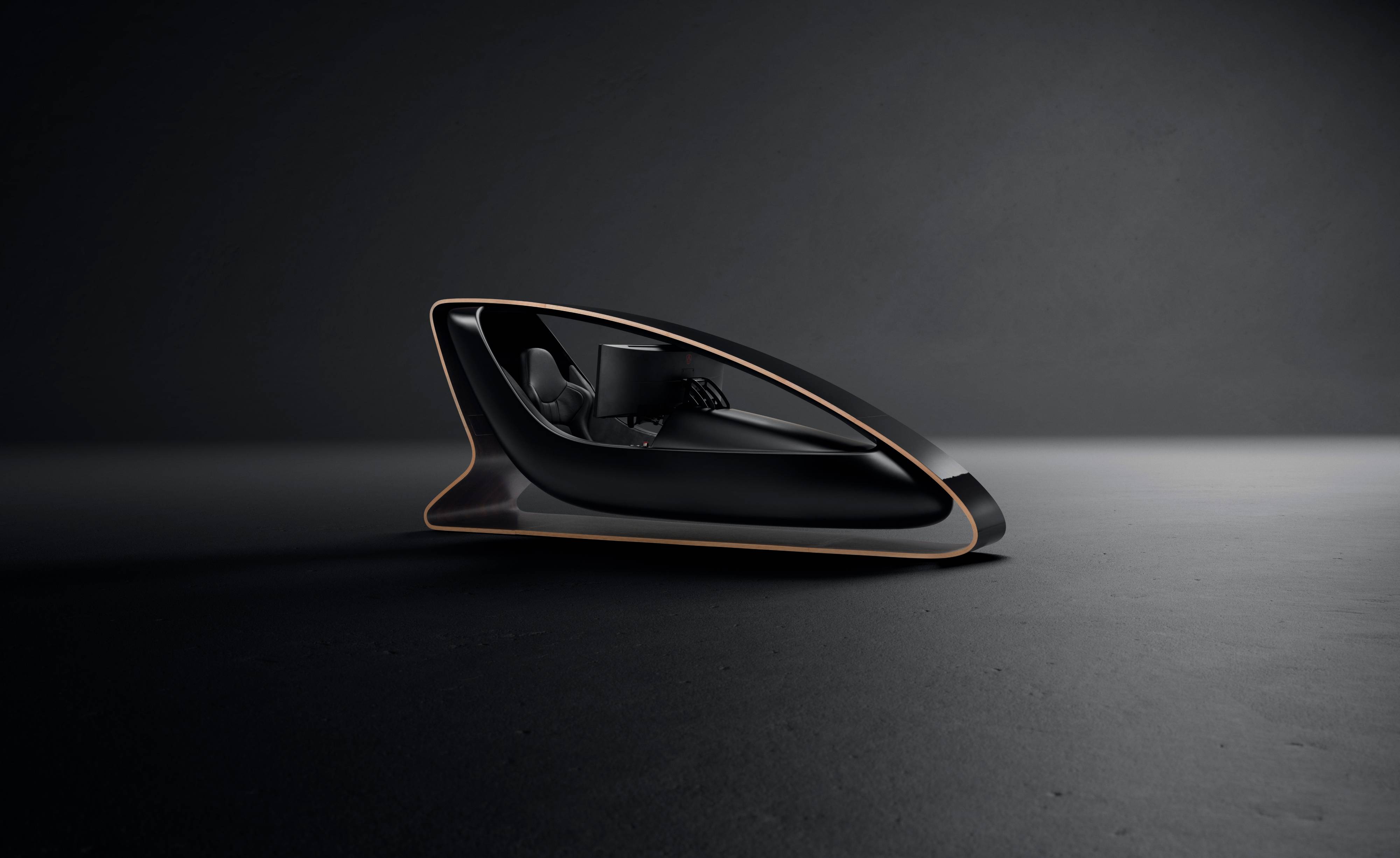 Prodrive’s new racing simulator is shaped by Callum to be front of the grid
Prodrive’s new racing simulator is shaped by Callum to be front of the gridThe racing simulator shapes up – this new design from Prodrive and Callum is honed for the high-end games room
-
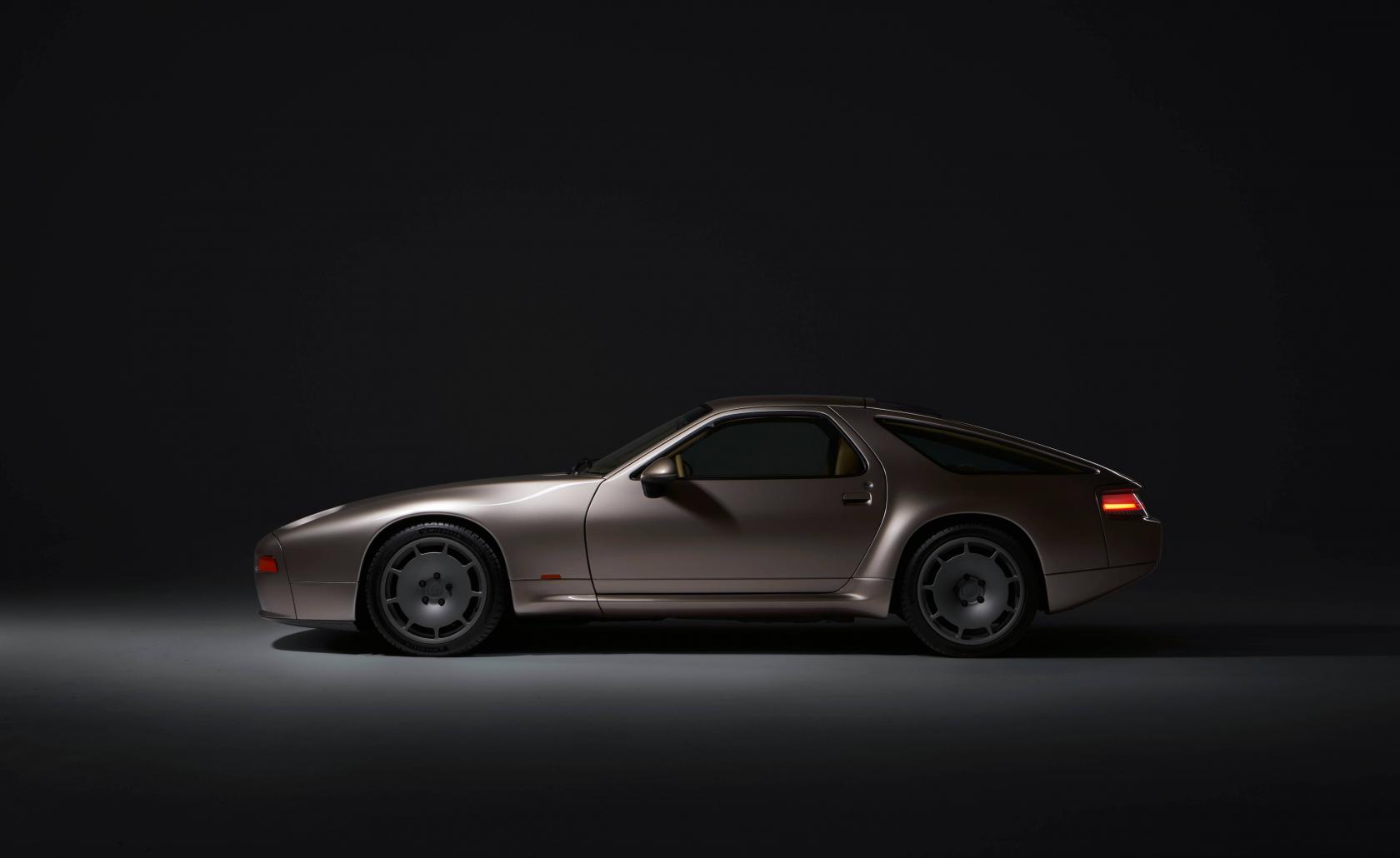 928 by Nardone Automotive: a restomod Porsche with Gallic verve and Italian style
928 by Nardone Automotive: a restomod Porsche with Gallic verve and Italian style928 by Nardone Automotive is a gracefully modernised version of Porsche’s endearingly different 928